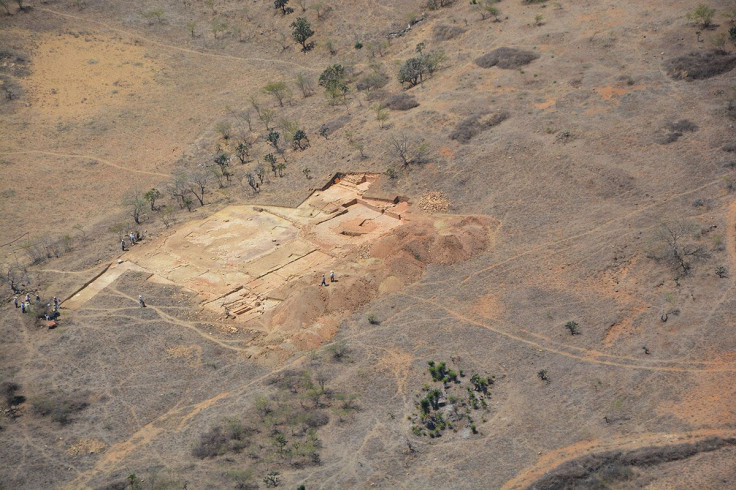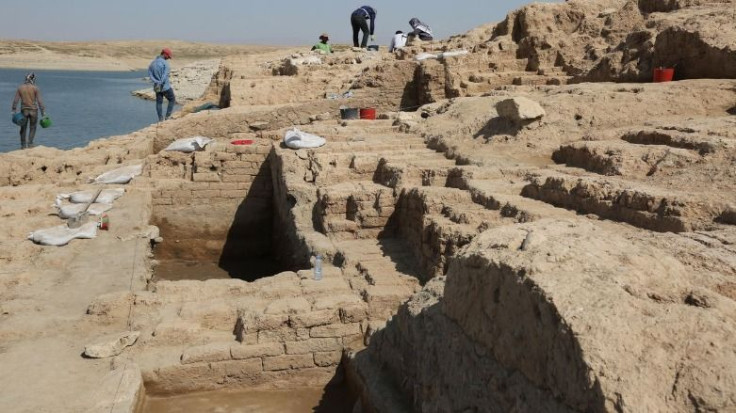3,400-Year-Old Ancient Palace Found In Iraq Reservoir

A 3,400-year-old ancient palace has been found in the the Mosul Dam in Kurdistan, northern Iraq. The discovery came about after a severe drought reduced water levels in the dam.
Highly regarded as an "archaeological sensation," archaeologists believe this palace to be part of the mysterious Mittani Empire. Once upon a time, the Kingdom of Mittani stretched present-day northern Iraq, through Syria and into Turkey. Historians say it was a prosperous nation that lived between 1500 and 1240 BCE. At the height of their reign, the Mittani dynasty controlled the upper Tigris and its headwaters at Nineveh. The Mittani spoke Hurrian and were powerful because of their expertise in chariot warfare.
A Kurdish archaeologist of the Duhok Directorate of Antiquites, Hasan Ahmed Qasim, who worked on the site, according to CNN Travel, described the find as one of the most important archaeological discoveries in the region in recent times. Qasim said the palace would have originally stood about 65 feet from the river on an elevated terrace.
“A terrace wall of mud bricks was later added to stabilize the building, adding to the imposing architecture,” he said.
Qassim said low water levels in 2010 had partially revealed the palace. He said they couldn’t do much as excavations were not possible at that time.
Ivana Puljiz, who was part of the joint archaeological project, said the walls of the palace known as Kemune, are over two meters thick and well designed. Puljiz explained that some of the walls are more than two meters high and various rooms have plastered walls. “Discovering wall paintings in Kemune is an archaeological sensation. Kemune is only the second site in the region where wall paintings of the Mittani period have been discovered,” she said.

Reports say the team also found wall paintings in shades of red and blue, which were probably a common feature of palaces at the time. They also found ten clay tablets that were covered in cuneiform, a common form of writing in ancient Mesopotamia.
The team has sent the clay tablets to Germany for translation. Puljiz said they hope to get information on the inner structure of the Mittani Empire from the texts on the tablets. It may also give an insight about the political and religious structure of the ancient empire
© Copyright IBTimes 2024. All rights reserved.




















